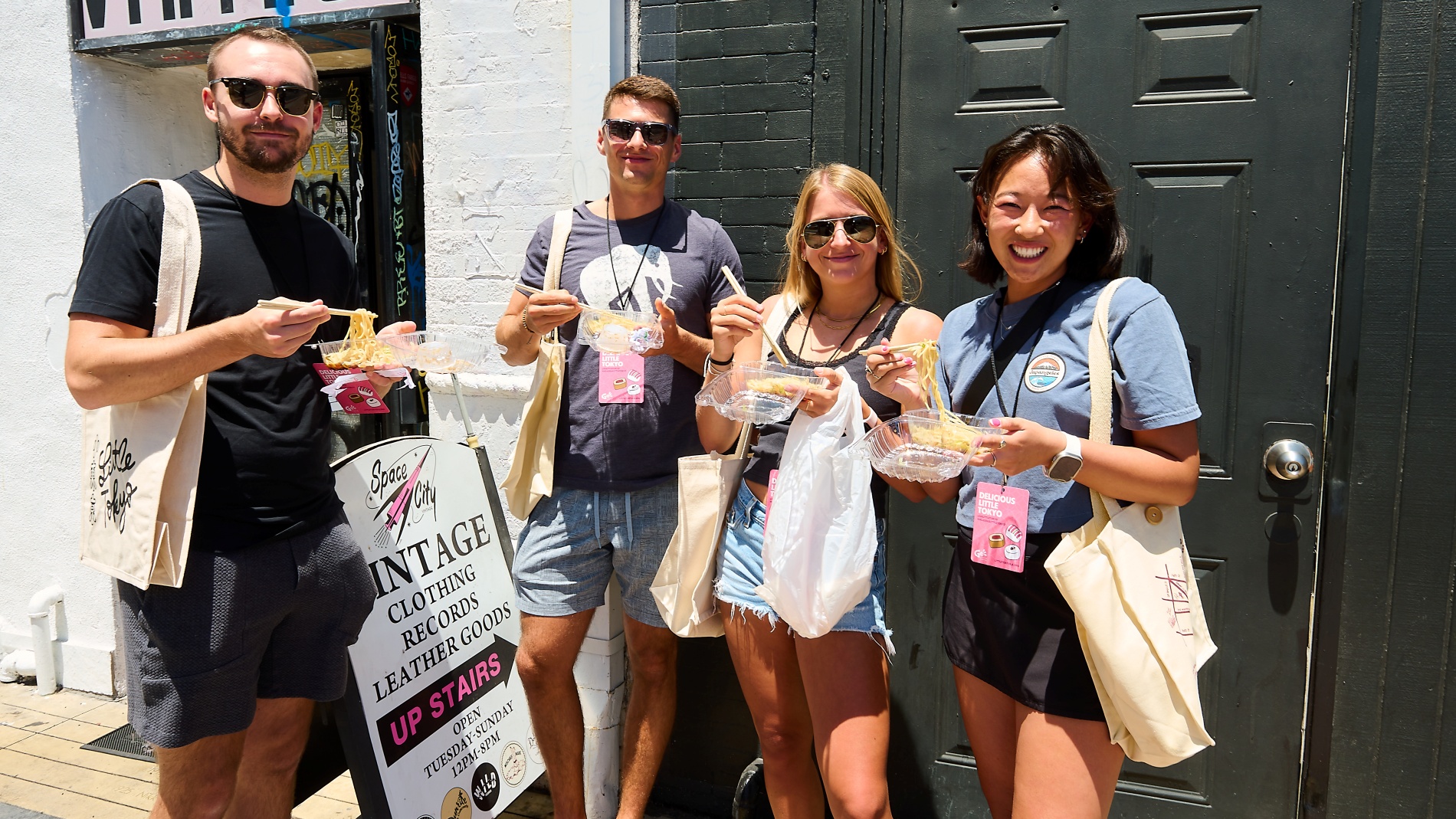As LA’s Little Tokyo neighborhood celebrates its 140th year, there are real concerns among community leaders that it may not survive another 140.
In fact, it has now been designated “one of America’s most endangered historic places” by the National Trust for Historic Preservation.
“There are still a lot of things we’re fighting against,” said Kristin Fukushima, managing director of Little Tokyo Community Council. It’s really losing the sense of community, and that spirt and soul of what’s always been here.”
Fukushima and others point out that the neighborhood may look like it’s thriving, with throngs of visitors and visual cues to its Japanese American cultural roots, but looks can be deceiving.
Get Southern California news, weather forecasts and entertainment stories to your inbox. Sign up for NBC LA newsletters.
She said the departure of Suehiro Café, a favorite gathering spot on 1st Street for decades, “has become a really big symbol for us, of the pressures facing Little Tokyo.”
The restaurant’s owner, facing eviction and rising rent, eventually closed up shop and moved elsewhere in the city, despite widespread support by long-time customers.
Fukushima said that “gentrification and relocation” are to blame, brought on by the downtown area’s overall revitalization effort – now in place more than a decade.
Investors have taken notice and are bringing money and improvements to the area, but they’re simultaneously making it harder for so called “legacy businesses” like Suehiro to survive.
Rental rates have also risen precipitously, causing long time residents – many of them of Japanese American heritage – to move away.
“People still want spaces like this to exist. There’s still a real, deep meaning for them,” Fukushima said, but many have moved away, never to return.
The council, along with other organizations in the neighborhood, is actively involved in trying to save Little Tokyo, citing its rich contributions to cultural understanding of the Japanese American experience. But it hasn’t been easy.
“One answer is we have is ‘maybe we just need to own our own land.’ But the land is very expensive.”
She suggests that regular citizens can help by patronizing Little Tokyo businesses, including 400 or so remaining stores and restaurants as well as cultural centers, such as the Japanese American National Museum.



